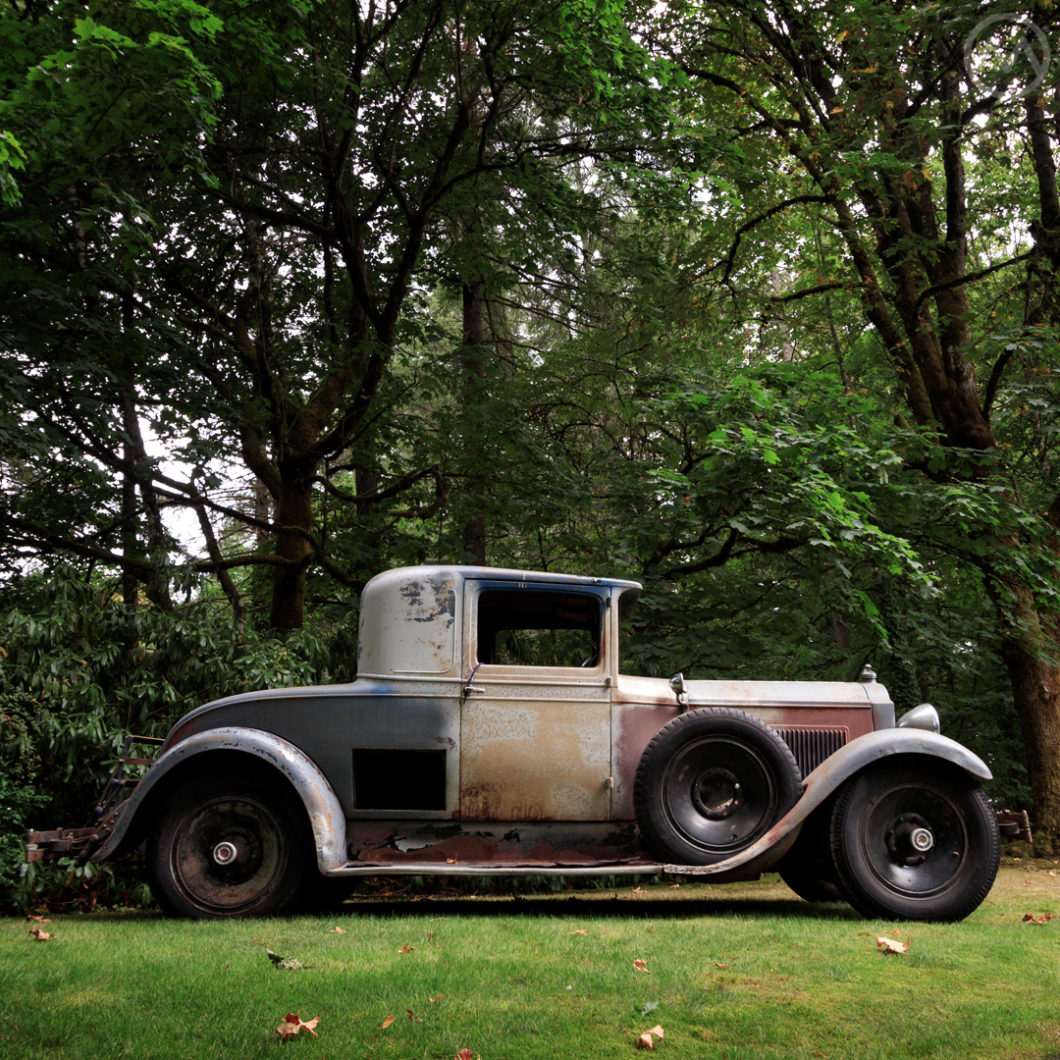Prosperity was definitely not shared by all Americans in the decade that roared – but on the whole the 1920s were, in the U.S.A. at least, a consumer-spending bonanza driven by new technologies and newly-flush customers eager to buy them (and shaky banks eager to lend to them).
Radios, refrigerators, appliances of all kinds, and automobiles – especially automobiles – were sold to people who’d never had such things before – things which in the 1890s would’ve been far off dreams just as computers you can hold in your pocket were in the 1970s.
And you could buy on credit. Installment lending already existed for Mortgages and some luxury goods (including some cars as early as 1905-1910), but it wasn’t until the formation of GMAC in 1919 that installment lending became a widespread concept. Hardly anybody who bought a car in 1914 got a loan. By 1924 more than half of all cars were financed.
Such ideas dated back to the mid-19th century and were already offered on certain places on certain goods (furniture, for example), but once the idea was popularized in a mass-market way it extended to other durable goods. And eventually to … stocks.
King of the Hill
In this time of plenty – the golden age of American luxury cars – Packard dominated the market like no other brand. The other two members of the “Three P’s” club – Peerless and Pierce-Arrow – may have been famous but they weren’t anywhere near Packard’s volume.
In 1929, even as the boom was cooling, an astounding 55,000 Packards were built – 20% more than Cadillac and LaSalle combined. With that kind of dominance the company, which seemed to understand the trends of the early twenties, began to retreat from what had been a diverse operation.
Despite the good times, many low-volume makes did not survive the twenties as pressure from mass-produced goods mounted.
After the sharp post-ww1 economic contraction, Packard had invested the “Single Six,” which bowed in September, 1920. This car was meant to be more of a mass-produced upper-middle-class item than the big V-12 “Twin Six,” and it worked. Though the “Twin Six” was aspirational and legendary, the single was a more affordable machine and it generated huge profits for Packard without compromising its image (as would happen later).
The “Single” provided Packard with a volume-produced vehicle that could help mitigate the price pressure as mass-produced cars came down in unit cost. As more people could finance cars, they bought more of them, as they bought more of them, the economies of scale became greater. Similarly, the price of the “Single” tourer was $4,950 when it was new, but just $2,285 would buy you a closed-bodied “single” sedan in 1928.
It also provided Packard with a car drivers could use themselves without a driver, unlike the old “Twin,” which was very much a car of 1916.
All in on Luxury Cars
It was during this time that Packard boss Alvan Macauley made a fateful decision. Packard’s trucks were as well-respected as its cars, but they were less profitable. There wasn’t capital to expand both sides of the operation, and Packard gave up building trucks in 1923.
Macauley’s decision to abandon trucks probably made sense at the time, as cheap WW1-era trucks flooded the market and made new trucks a harder sell. To make the Packard truck operation work, it would probably have need it’s own factory, which wasn’t possible. But if the company had continued to build trucks, it would’ve had them to fall back on later.
That same year Packard replaced the aging V12 with the straight eight “single eight.” Packard was one of the very first American companies to offer a production straight eight.
Although the six handily outsold it, by the end of the decade straight eights were extremely popular – everyone aspired to one and they even made their way into popular music. Paul Whiteman’s “That’s Grandma” (the 1920s equivalent of the “Little old lady from Pasadena”) was about a flapper Grandmother rockin’ her own Straight eight.
Packard lost interest in the “single six” and the market it catered to because the eight was more profitable – in 1929, Packard went all-eight, dropping the evolved-from-1920 six altogether. What had been the niche of the “single six” became the base model “standard eight.” Base model in Packard terms still meant a pretty opulent car in those days.
Twilight of the Golden Age
This is a 1929 Model 6-33 Coupe, powered by a 319-cid I-8 on a 133” (338cm) wheelbase. The engine was a smaller version of the big 348-cid eight in the senior cars.

The eight was extremely smooth – even in 1929 there was little insulation between engine and frame, and smooth operation was a priority – the torquey 90-hp engine needed all the oomph it could muster because some of the 6-33 models were well over two tons.
The model 6-26 (126” wb) and 6-33 were the low-end Packards. The “Sixth Series” standard eights were introduced in August of 1928, with even more luxurious Series 640 and 645 cars coming a month later. The emphasis in marketing was on the bigger, fancier cars – but they weren’t the volume leaders.
~43,000 of the two “standard” Packard series were made, plus about 70 6-26 “Speedsters,” which used the big 348 in the short 6-26 chassis, a hot number but rare.
They were beautifully made like all Packards and very profitable – until the market for such cars collapsed.
When GM tried LaSalle, it was aimed at exactly the buyers who bought “Single Six” Packards, but with Packard selling whatever it could make, that didn’t seem to matter – until trouble started.
By late 1928 there were signs that the party was coming to an end – although it wasn’t obvious from production standpoint – 1929 would remain a high water mark for auto sales for a generation.

